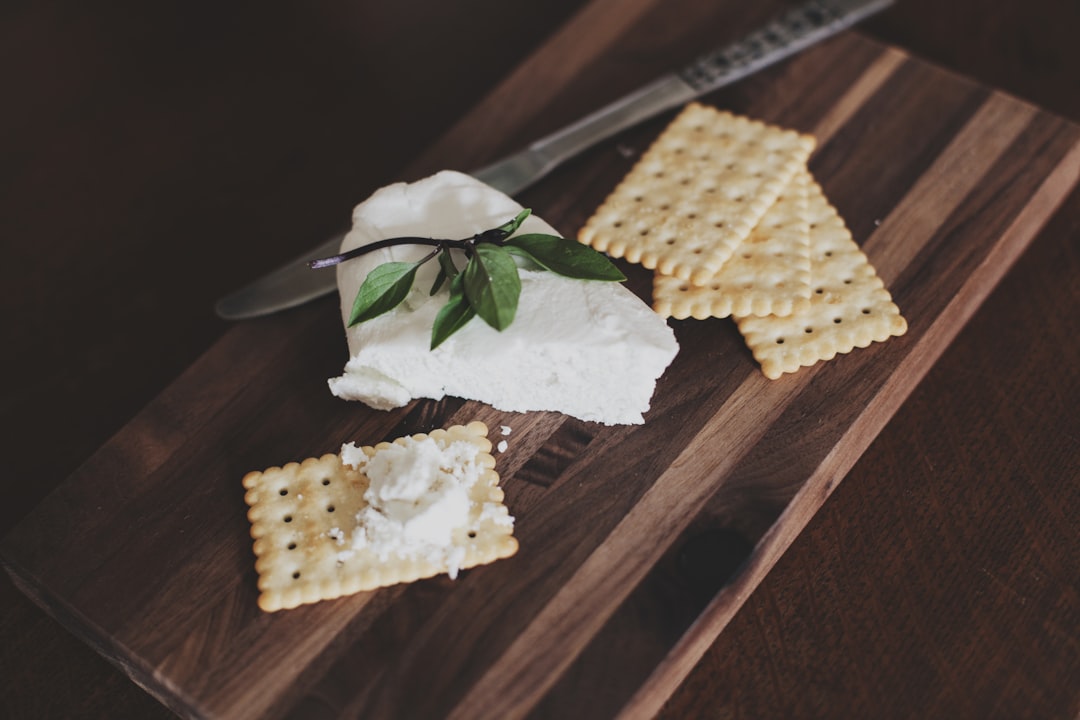What is it about?
Accurate moult cycle staging of crustaceans is essential for the fishing and aquaculture industries and for field and laboratory research. The common “yabby”, Cherax destructor, is the chief commercial freshwater crayfish species in Australia and native to the south-east. During our research on the species and other crustaceans, we developed a comprehensive moult staging technique in juvenile yabbies using their swimmerets. In our manuscript we report on these suggested novel techniques - moult staging using pleopods: novel in crayfish; moult staging using antennules (small antennae): novel in decapod crustaceans; moult staging using gastrolith (a calcium gizzard stone) deposition: novel in C. destructor; and, calculating the gastrolith moult mineralisation index (MMI) using height: novel in decapod crustaceans. We tabulated decades of published moult stage criteria of Decapoda: Pleocyemata on setogenesis and changes in pleopods, uropods (tail fan appendages) and gastroliths; and reviewed them focusing on the comparative biology of the yabby. We found the staging criteria across these decapods relatively consistent. Hopefully our research will assist those working with yabbies and other crustaceans in industry and research in the future.
Featured Image

Photo by David Clode on Unsplash
Read the Original
This page is a summary of: Moult cycle staging in decapod crustaceans (Pleocyemata) and the Australian crayfish, Cherax destructor Clark, 1936 (Decapoda, Parastacidae), Crustaceana, March 2022, Brill,
DOI: 10.1163/15685403-bja10180.
You can read the full text:
Resources
Contributors
The following have contributed to this page










